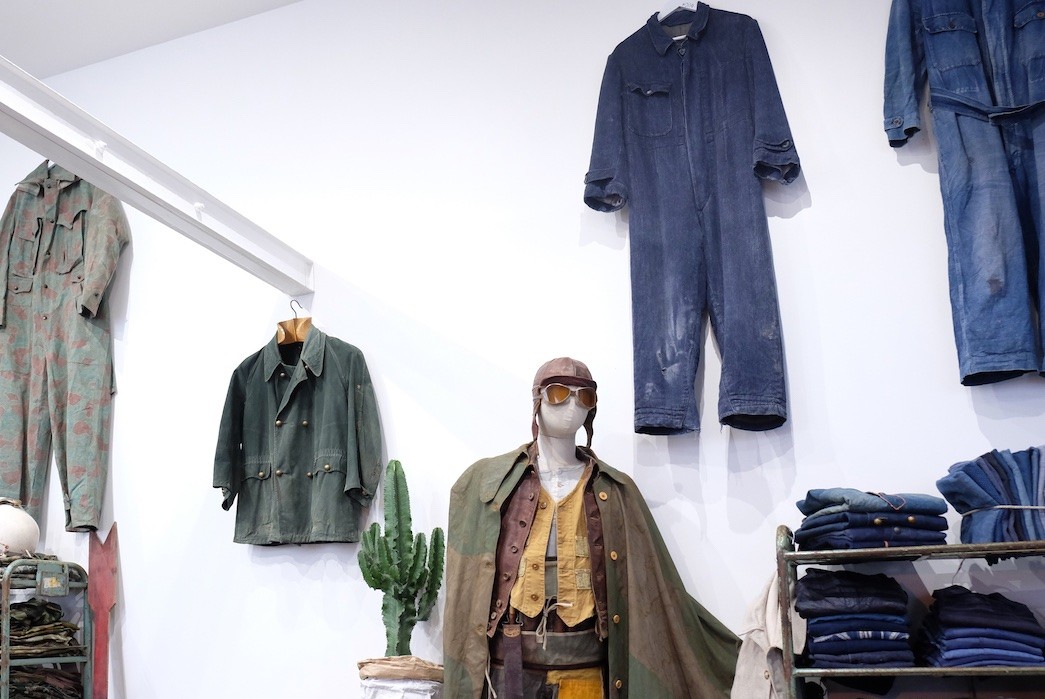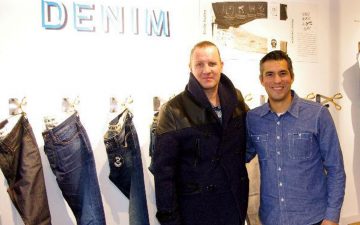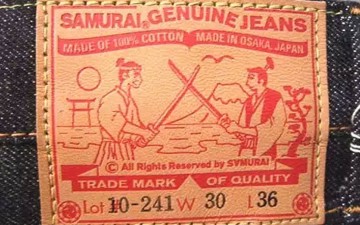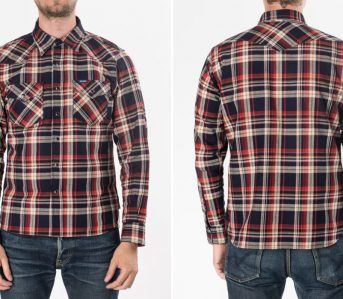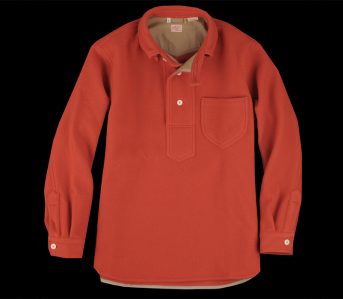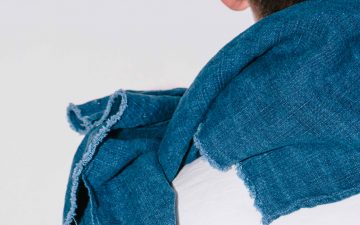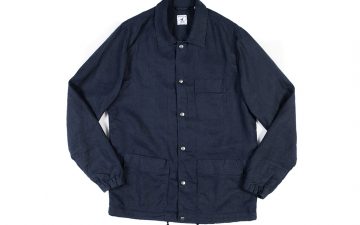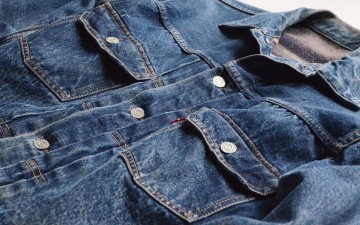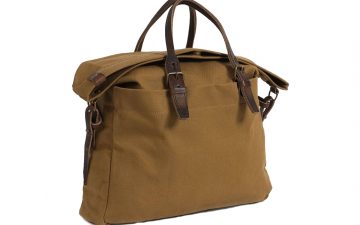In the world of vintage clothing, the garments of the United States reign supreme. Given the size of the US and its massive war effort during the twentieth century, no doubt it is the origin of the major part of the world’s stock of vintage clothing. Accordingly, there is much more information about vintage clothes originating from the US than the other countries. All of the other markets tend to come second, but there are a multitude of other stories and designs to be explored.
Today, we hope to introduce you to something a little different, we’re going to dive deep into French vintage, which is gaining some kind of popularity in Asia right now. Last month we visited Brut Clothing in Paris—one of the leading French vintage clothing specialists today—and the proprietor, Paul Ben Chemhoun, to discuss the origins of French workwear.
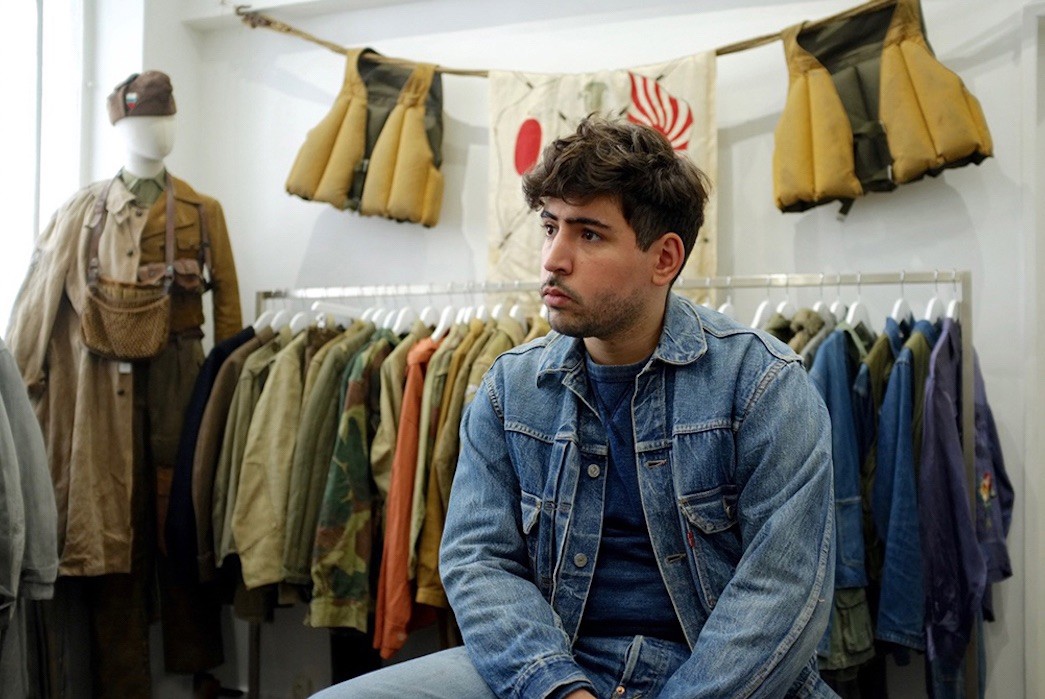
Paul Ben Chemhoun inside the Brut Clothing showroom in Paris
Heddels (H): How did you first become involved in vintage clothing?
Paul Ben Chemhoun (PBC): I started Brut in 2012 when I was still a student, as an online business. My grandfather, when he was a soldier, would buy huge stocks of army clothes for cheap prices and sell them at the flea market in the 60s in Lyon, my home town. My dad followed in his steps. Then when I was a kid I used to follow my dad when he’d go vintage picking, I loved it: I was basically climbing mountains of clothes.
At that time, my dad was only doing US military surplus, no French because it wasn’t really considered cool yet. Personally I felt attracted to French vintage clothes more because I found their design more minimal and pure. I started vintage picking around France, seeking the most rare and inspiring clothes.
I was still a student and stocked everything in my apartment, which became an issue when I moved to Paris after graduating because my apartment there was much smaller. That’s when I opened my first showroom in an old cave in central Paris, which made total sense considering the assortment I was proposing. I would open the showroom only during fashion week periods because French designers weren’t really interested in French vintage anyway.
Eventually designers started showing with teams of up to 8 people at once, whom I couldn’t receive due to the lack of space in my former showroom. That’s why since last November we moved to this new space.
H: Who are your customers?
PBC: We have a very well balanced international customer base online: we see Japanese, Australian, and Swedish buyers… That’s because we’re a very niche product with very passionate customers around the world. Here at the showroom it’s very similar as we have stylists from around the world visiting us. We have stylists from the US or Japan who are interested in vintage clothing and we also have a few of French stylists whom I’m particularly interested in because they’re my fellow countrymen but above all because they are unfortunately too few in comparison to the other aforementioned nationalities.
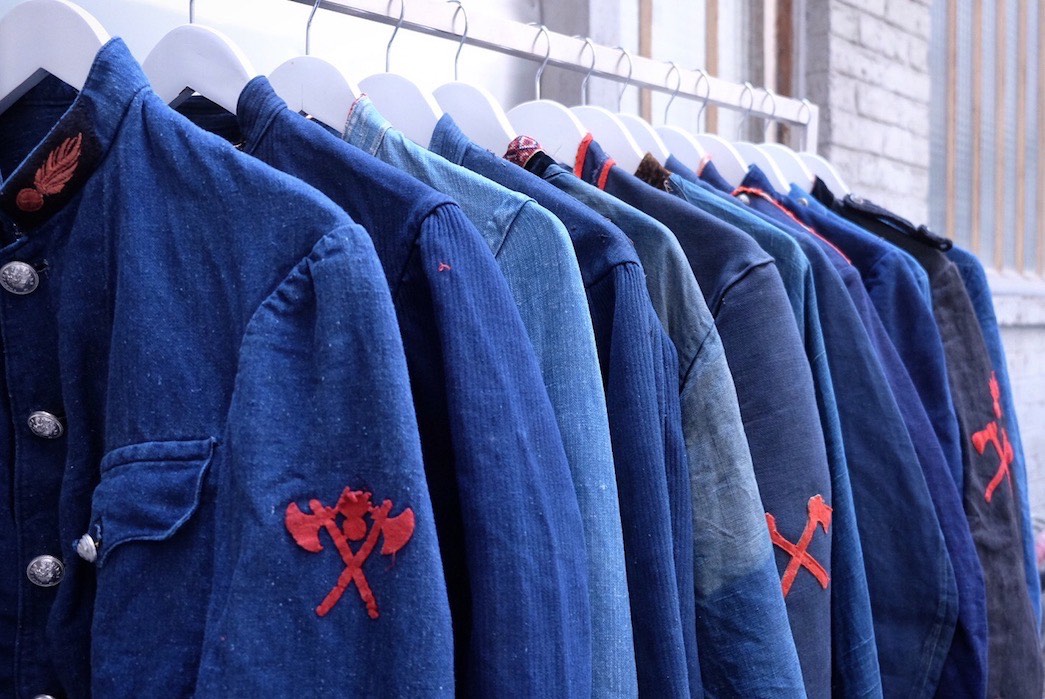
Vintage French firemen work coats
Then we’re also developing a relationship with costume designers from the movie industry. Recently we had a famous costume designer coming in, she’s got an entirely different look when it comes to vintage clothing. She was so knowledgeable, we learned a lot from her. Like she’s the kind of person that would know everything about a specific piece of clothing between say 1930 and 1932, so when she speaks you shut your mouth and listen you know.
H: Did denim really originate in France?
PBC: I’ve always doubted this story. Think about it: it’s so strange that in France we’d have invented this world-widely renowned fabric but then hadn’t exploited and developed it to its full potential. Today there’s a small museum in Nîmes and that’s it… Like, how come the entire American workwear clothing industry was built upon denim but for French workwear, even though we had such a deep culture of indigo dying, we preferred to use moleskin, which we imported from the UK?
Contrary to what some people think, the moleskin fabric was invented in the UK—the word moleskin being the addition of mole and skin. The reason why it’s heavily associated to France is because the French gave it a satiny finish, which made it super popular.
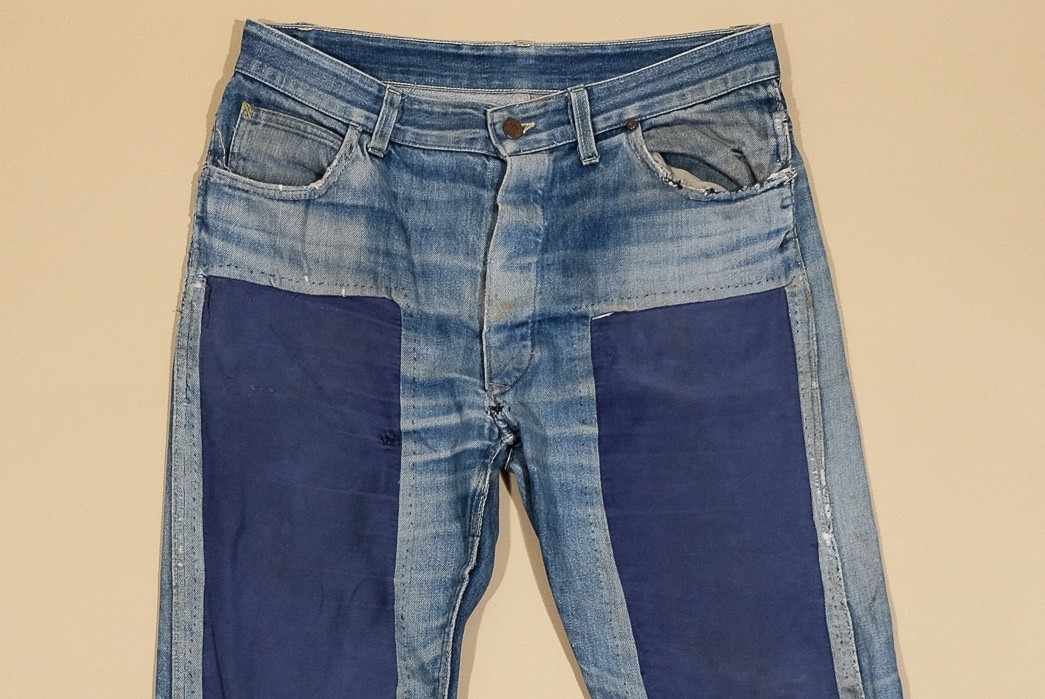
A rare piece: a pair of denim jeans worn by a French worker—not at all their fabric of choice—patched up with moleskin
So French workwear is heavily moleskin focused, until the ’50s after the American culture boom when some French workwear brands like Mont Saint Michel started incorporating denim into their products. Still, it remained minor and French vintage has always been much more about sanforized cotton, again with moleskin, canvas or twill for example.
H: What is vintage picking like in France?
PBC: First, the scale is completely different when comparing to the US. France is microscopic, it’s not even the size of many American states. Also, I find it crazy how in the US people go down a coal mine and find jeans. You’d never be able to reproduce that in French coal mines in say Saint-Etienne… Still, there’s a lot of stock but it’s rather recent: there’s not much from the 30s and 40s, some stuff from the 50s, and a lot from the 60s and 70s.
In France, you’ll find a lot of farmer clothes in farms obviously. It’s got very strong sunlight marks and it’s often heavily patched up (what Paul calls French boro as opposed to Japanese boro). Personally what I pick often comes from factories.
Now let me tell you what the real problem is: French vintage clothing doesn’t interest French people much. When I started, 80% of the stock ended up thrown away, so in a way we’re running against time itself. The reason for the lack of interest being that a French chore jacket (or bleu de travail) always had a negative connotation. A factory worker would never wear his chore jacket outside work, he’d always leave it at the “room of the hanged men” (salle des pendus), which was this room where the workers’ clothes would be kept inside huge buckets each lifted under the ceiling by a rope. Farmers and woodworkers in the countryside would walk outside with their chore jacket, but factory workers in the city would always leave it in the factory.
H: What are the best French vintage workwear brands?
PBC: Mont Saint Michel is the most iconic workwear brand for farmers. The other one is Adolf Lafont, hailing from Lyon, focusing more on factory workers. Now, keep in mind that back then these weren’t brands per se, they were cloth manufacturers. Distributors would pick their products depending say on quality of fabric and stitching rather than just the brand name.
H: What is the best vintage piece you ever came across?
PBC: Same as with American vintage workwear, French vintage workwear was also worn by the military. So you can find crazy pieces like WWI potato-peeling duty jacket, super minimalistic and interesting. They were oversized because they were supposed to be worn over the soldier’s shirt. You also find cool stuff between WWI and WWII and also during WWII.
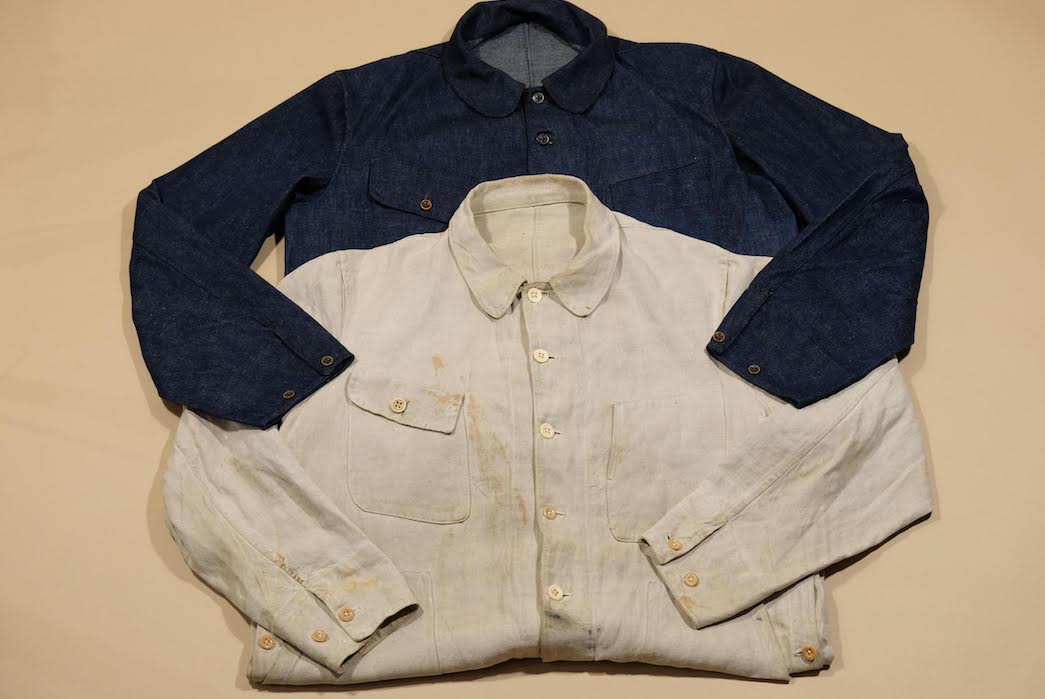
2 different iterations of the same military chore jacket: in white linen, worn in WWI (1916), and in denim imported from the US and worn during WWII (1940)
The most interesting I have I’d say is this farmer outfit that the farmer has worn to its absolute limit. He bought the outfit as a setup, which is rare to find as usually you come across each piece individually. So the guy bought this moleskin outfit in the ’30s and then worn it so much he patched it up with tens of different fabrics, like indigo dyed cotton, linen, moleskin… It’s a database of information!
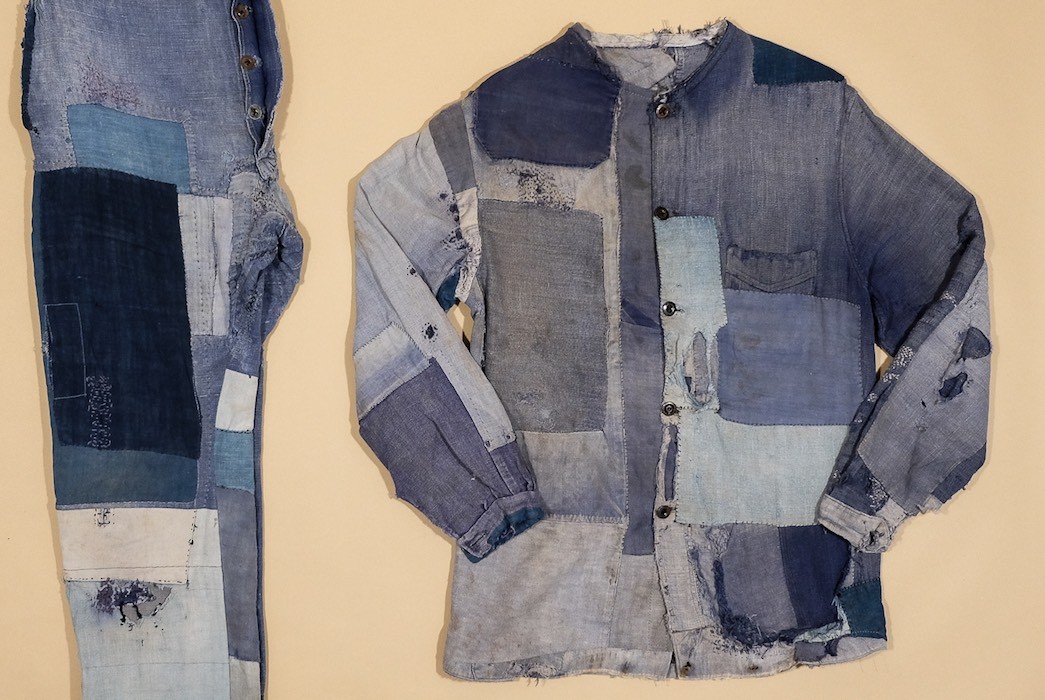
The holy grail: vintage boro chore jacket + pants
H: What is French boro?
PBC: I saw a lot of boro in France, but also on some English pieces. Take a look at Prince Charles, he’s got a Barbour jacket completely patched up. Now the question is why you don’t see much boro on American vintage pieces. It’s true that you sometimes see US vintage clothes with a patch on the knee but that’s it. Maybe they used to wear their garments without patching them up until they were completely done? Maybe because US workwear was cheaper than French workwear relatively to the income of the farmers/factory workers?
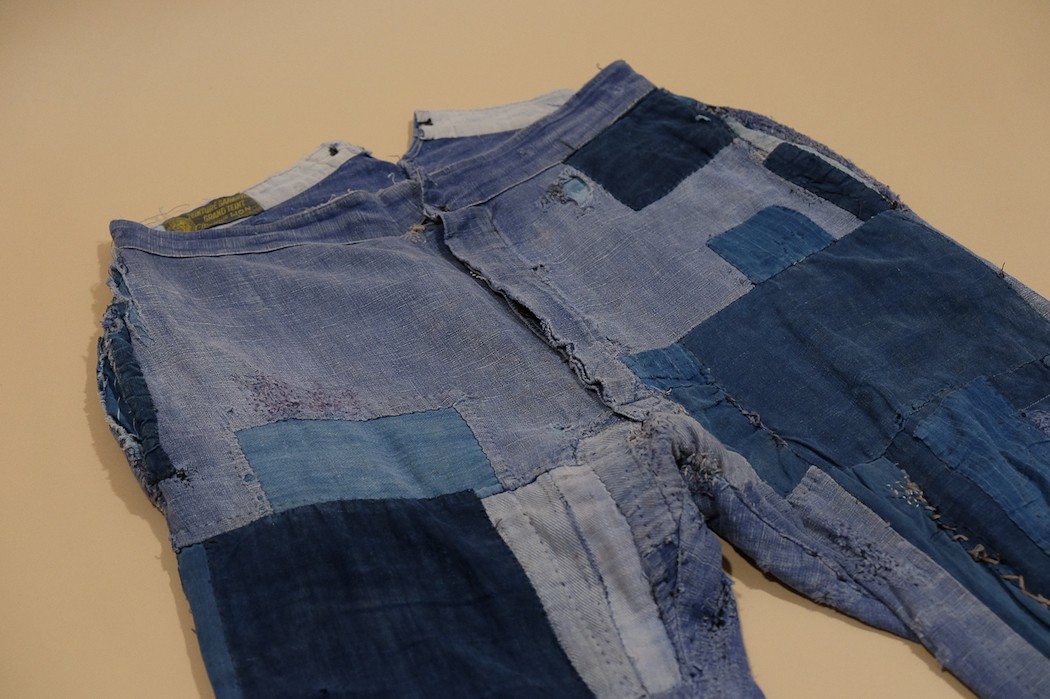
A fabric database
This is where the name of my project comes from (the French word brut means raw in English): it’s all about how things get more beautiful and interesting with time. Originally workwear was not meant to look good but to last, but eventually with time it actually became beautiful. Sometimes fashion designers come to my showroom and look at some worn out pieces and say it’s like art.
Brut Clothing is located at 62 Rue du Faubourg Saint-Denis, 75010 in Paris. For more info, take a look at their website or follow on Instagram.

